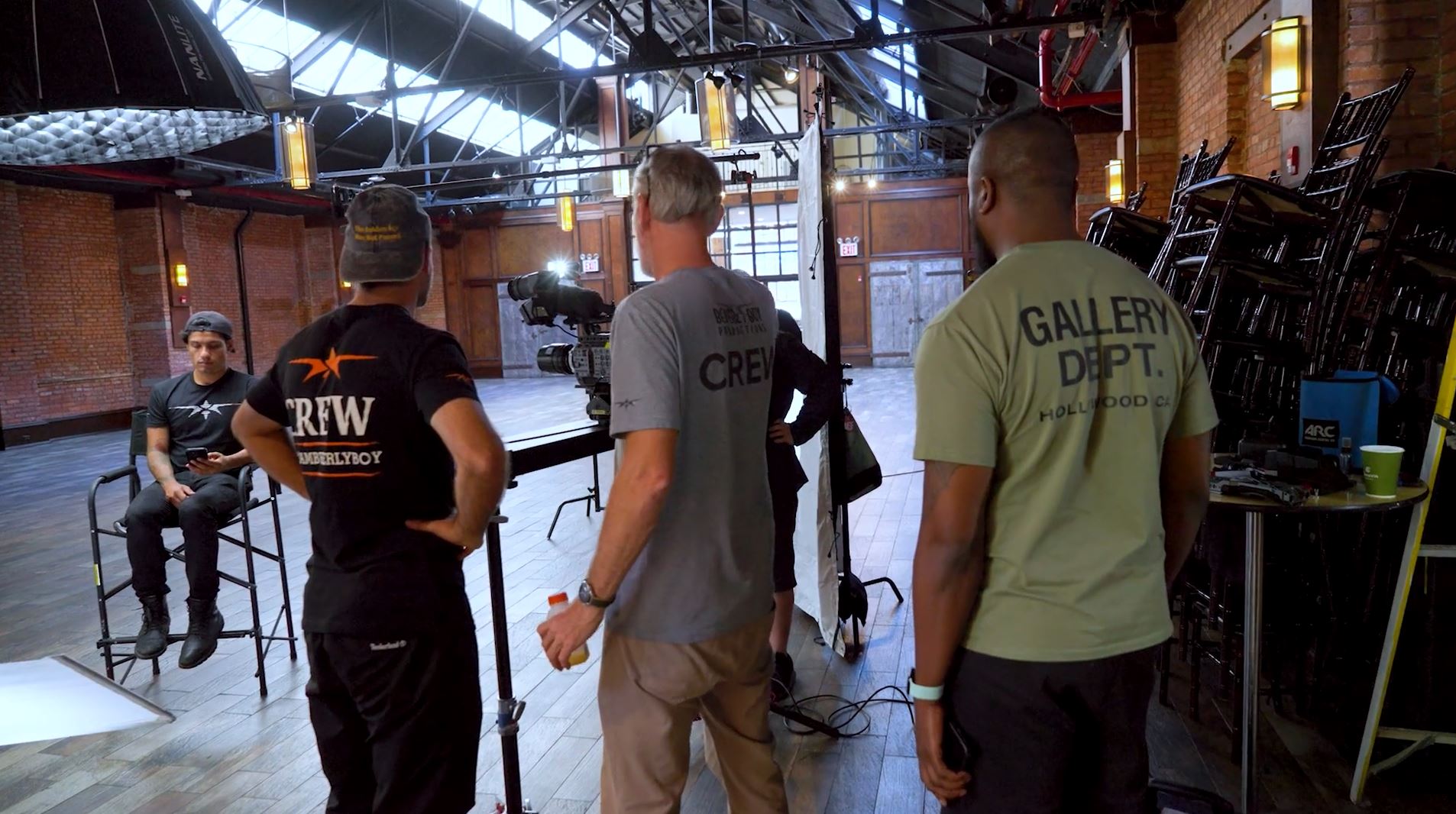What is a Room Tone in Film?
When a filmmaker is set to begin a film shoot, they will often enter the designated production space ahead of time and study the room tone. In fact, room tone is important to a film’s continuity. And is typically recorded for use in post-production. But what is room tone in film and how does it impact the film experience?

To someone entirely new to filmmaking and video production, you might think of an empty room as not that important, or interesting.
But an empty room has room tone! And it’s never the same from one empty room to the next.
Believe it or not, room tone varies greatly between productions. That’s why it’s so important to understand.
What is a Room Tone in Film?
In film and video production, room tone represents the sounds that you hear when a room is completely empty besides just the actors standing in the room, silently.
Room tone represents the subtle, low-volume sounds that occur in a room. When there is seemingly nothing else in the room and no other sounds occurring.
What’s most important for any newbie or experienced professional to understand is that no two room tones are the same. Every room has a unique sound of its own.
Why is a Room Tone Important?
For every room that is used in a film’s production, the room tone is recorded by the filmmaker. But why? What makes these subtle sounds so important to have on recording?
Sound Beds
Room tone is important because it provides a sound bed upon which other post-production sounds can be layered upon.
For example, if dialogue for a film must be re-recorded because an actor forgot their lines. Or they made some other mistake when speaking on the set. The re-recording will take place in a silent recording studio.
This means that the new dialogue will not have the same background noises otherwise heard for any of the other, previously recorded, dialogue on the film.
This represents a problem with continuity. Unless room tone is captured and the room tone can be layered in under the re-recorded dialogue to create a replica of the original dialogue sound.
The Difference
While the average listener may never have noticed the difference in dialogue that was recorded on set and dialogue that was added post-production without any room tone.
To an audio engineer or any professional with audio background, the distinct differences in the sound of these two recordings would be noticeable and would throw the continuity of the film off.
So, what is room tone in film? It’s the sound of near-silence that is commonly recorded in any film where production will take place.
Such that the subtle ambient sounds of the room can be layered in with dialogue files in post-production to recreate the distinguished background noise that exists in each room that was filmed in. Every room, large and small, has a room tone that represents the ambient sounds of the room.


